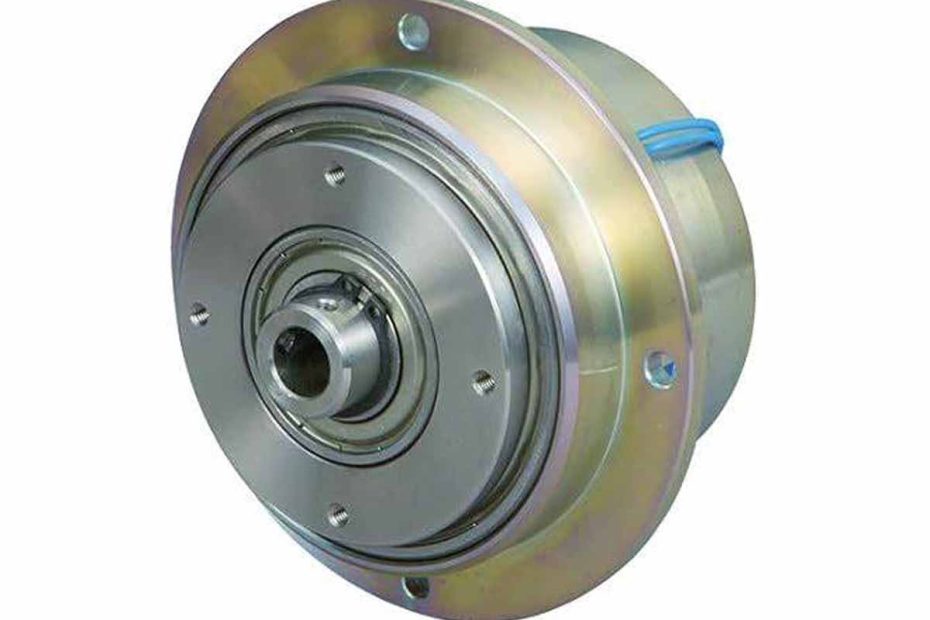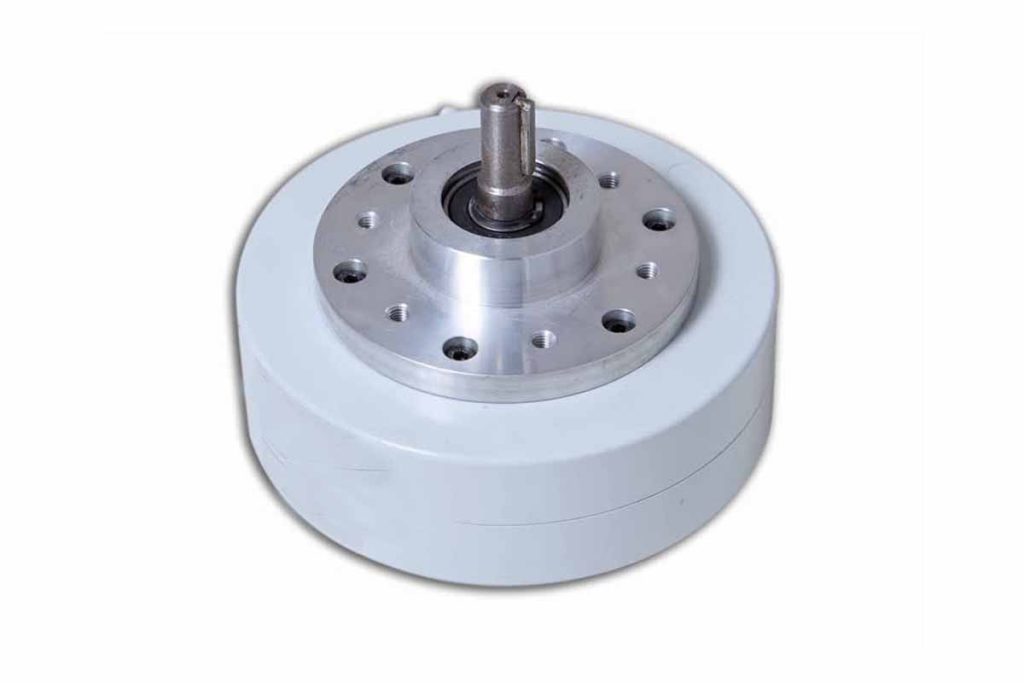Wire drawing is a critical process in manufacturing various metallic components, where wires are pulled through a series of dies to reduce their diameter for different applications. Maintaining proper tension during wire drawing is essential to ensure quality and consistency in the final product. In recent years, magnetic particle brakes have emerged as a reliable solution for achieving precise tension control in wire drawing operations.
Magnetic particle brakes utilize the principle of magnetorheology to control torque transmission. They consist of two main components: a rotor and a stator. The rotor contains magnetic particles suspended in a carrier fluid, while the stator generates a magnetic field. When the stator is energized, it creates a magnetic field that causes the particles in the rotor to align with the field, transmitting torque. By varying the strength of the magnetic field, the amount of torque transmitted can be precisely controlled.
Magnetic particle brakes can be easily integrated into existing wire drawing setups. They are typically mounted between the drive motor and the wire drawing machine, with tension control achieved through precise adjustment of the brake’s torque output. Advanced control systems allow for automated tension adjustment based on real-time feedback from sensors monitoring wire tension and speed.
Application in Wire Drawing
In wire drawing, magnetic particle brakes are typically integrated into the drive system to control the tension applied to the wire. As the wire passes through the drawing dies, the brake adjusts its torque output to maintain constant tension, compensating for variations in material properties, drawing speed, and other factors.
Benefits of Using Magnetic Particle Brakes
- Precise Tension Control: Magnetic particle brakes offer highly accurate and responsive tension control, ensuring uniform wire diameter and surface finish throughout the drawing process.
- Reduced Material Waste: By maintaining consistent tension, magnetic particle brakes minimize the risk of wire breakage and surface defects, reducing scrap and improving overall yield.
- Versatility: These brakes can accommodate a wide range of wire diameters and materials, making them suitable for various applications across different industries.
| Advantages | Description |
|---|---|
| Precise Tension Control | Allows for accurate adjustment of torque output, ensuring uniform wire diameter and surface finish. |
| Reduced Material Waste | Minimizes the risk of wire breakage and surface defects, leading to lower scrap rates and improved overall yield. |
| Versatility | Can accommodate a wide range of wire diameters and materials, making them suitable for various applications across different industries. |
| Easy Integration | Can be seamlessly integrated into existing wire drawing setups, with advanced control systems enabling automated tension adjustment based on real-time feedback. |
Challenges and Solutions
While magnetic particle brakes offer numerous benefits for wire drawing applications, they also present some challenges. One common issue is temperature sensitivity, as the performance of the brakes can be affected by changes in operating temperature. To mitigate this, manufacturers incorporate thermal management systems into the brake design, ensuring stable performance across a wide range of operating conditions.
Future Trends and Innovations
The use of magnetic particle brakes in wire drawing is expected to continue growing as manufacturers seek to optimize their processes for greater efficiency and quality. Future innovations may focus on enhancing the integration of these brakes with advanced control systems, enabling even finer control over tension and further reducing the risk of wire breakage and defects.
Conclusion
In conclusion, magnetic particle brakes offer a versatile and effective solution for tension control in wire drawing applications. By providing precise torque regulation, these brakes enable manufacturers to achieve consistent wire diameter and surface finish, ultimately improving product quality and reducing material waste. As the demand for high-quality wire products continues to grow, the integration of magnetic particle brakes into wire drawing systems will likely become increasingly prevalent in the industry.

